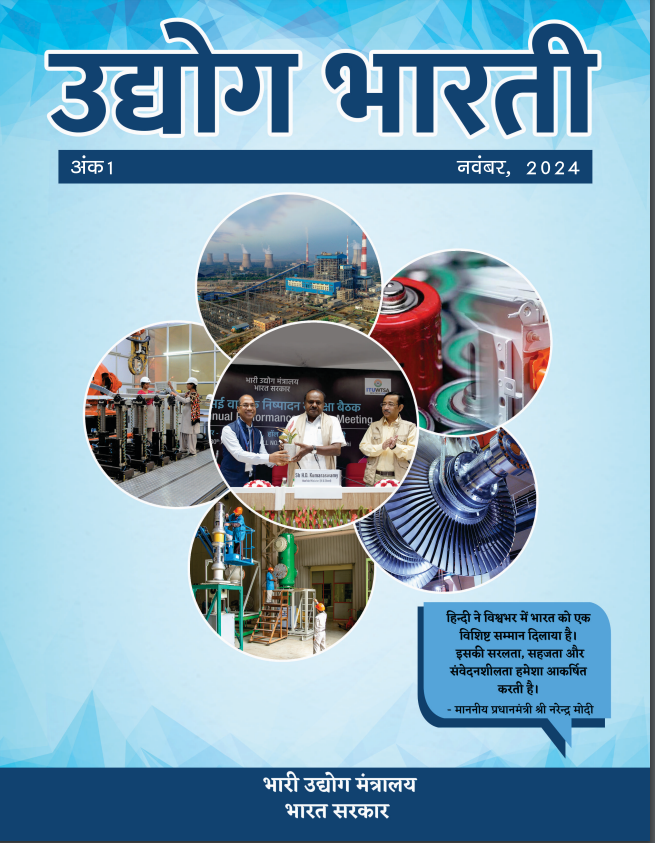
Automotive industry in India is one of the main pillars of the economy. With strong backward and forward linkages, it is a key driver of growth. Liberalization and conscious policy interventions over the past few years created a vibrant, competitive market, and brought several new players, resulting in capacity expansion in automobile industry and generation of huge employment. Aptly, the sector was christened as the ‘Sunrise Sector’ of the economy. The contribution of this sector to the National GDP, rose from 2.77% in 1992-93 to about 7.1% now. It provides direct and indirect employment to over 19 million people. India is fast turning into a global automotive hub. However, the sector displays an uneven growth trajectory, at first taking a hit in 2007-08, then showing marginal recovery, both in terms of sales as well as in production next year, that led to a dramatic increase of 25-27% in 2009-10 and 2010-3.5. However, for the last two financial years in continuation, the industry has gone into recession. Barring the scooter segment, each and every other vehicle segment showed negative growth in the year 2013-14, commercial vehicles being the most effected with (-)21% growth in production and passenger vehicles showing a growth of (-) 4.6% indicating reduced demand among the common people who would have aspired to buy a passenger car. Even commercial passenger carriers have shown negative growth in production to the tune of (-)19.86% directly impacting the growth of public transportation. After a capacity creation of Rs 2200 cr in 2011-12, the automotive industry is now suffering from excess capacity and suppressed demand leading to lay-offs. Some of the areas causing distress in the automotive sector are: slowdown in economic growth, high cost of vehicle finance, high interest rates, high fuel prices, high inflation and negative market sentiments, increase in the commodity prices, high customs duty on Alloy Steel, Aluminium Alloy and Secondary Aluminium Alloy, high rate of service tax and excise duty, high and varied rate of road taxes in the States, low growth of export markets etc. Ministry of Heavy Industries and Public Enterprises has been consistently taking up the matter of providing some kind of stimulus package with prompt fiscal and other measures to put the industry back on track. As a result, in the interim budget for the year 2014-15, reduction in excise duty in case of cars, two wheelers and truck chassis was announced. Further, some other measures are urgently required to be taken, such as, removal of customs duty of raw materials such as steel. Aluminium etc. revisit of CENVAT rules, review of import policy, duty draw back schemes, excise and customs rules, direct tax benefit to promote automotive R&D, and , above all, containing inflation and control of interest rates to make loans more affordable to the people etc. Immediate steps are required so that the Indian Auto Industry once again becomes the engine of growth of the Indian manufacturing sector.

